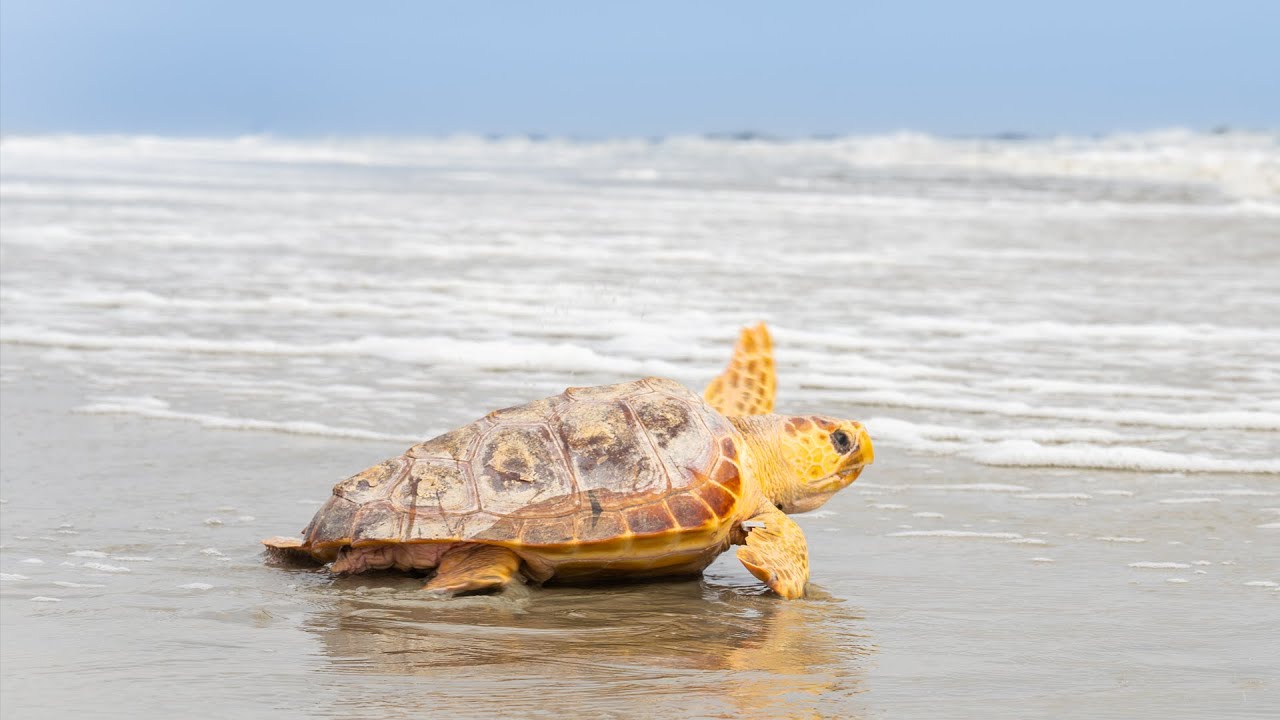– The critical role of Georgia Aquarium in rescuing, rehabilitating, and releasing cold-stunned sea turtles.
– Understanding the phenomenon of cold stunning in sea turtles and its consequences.
– The comprehensive rehabilitation process employed by Georgia Aquarium for these endangered species.
– The significance of collaboration between aquariums and conservation organizations in wildlife rescue efforts.
Cold stunning is a condition akin to hypothermia that affects sea turtles when exposed to unusually cold water temperatures. This article explores the efforts of Georgia Aquarium in addressing the plight of cold-stunned sea turtles through a rescue, rehabilitation, and release strategy. This initiative is a testament to Georgia Aquarium’s commitment to wildlife conservation and showcases the critical role that such institutions play in safeguarding endangered marine species.
Sea turtles are ectothermic or cold-blooded, meaning they rely on external heat sources to regulate their body temperature. When water temperatures plummet, these creatures become immobilized, making them vulnerable to predation, boat strikes, and even death. Cold stunning events typically occur in coastal areas where sudden drops in temperature trap sea turtles in cold waters. This condition impairs their mobility and affects their internal organs and overall health. Recognizing the signs of cold stunning in sea turtles involves observing symptoms like lethargy, a decreased heart rate, and in severe cases, pneumonia.
In response to this pressing issue, Georgia Aquarium has positioned itself at the forefront of marine animal rescue operations. Their comprehensive program addresses every phase of the rescue and recovery process, starting with retrieving affected sea turtles from their difficult conditions. This phase is crucial and often requires swift action to prevent further harm to these vulnerable animals.
The real work begins once the safety of the Georgia Aquarium is ensured. The rehabilitation process for cold-stunned sea turtles is meticulous and varies depending on the severity of their condition. Initially, the focus is on gradually warming the turtles to revive their bodily functions. This delicate process must be done slowly to prevent shock. Following stabilization, the aquarium’s veterinary team assesses each sea turtle for injuries or illnesses that occurred before or as a result of being cold-stunned. Treatment plans can include antibiotics for infections, fluids for dehydration, and, in some cases, surgery for more severe injuries.
Education plays a pivotal role in the conservation efforts led by Georgia Aquarium. The aquarium raises awareness by shedding light on the phenomenon of cold stunning and its detrimental effects on sea turtle populations. It fosters a deeper understanding of the challenges faced by these marine animals. Their efforts extend beyond immediate rescue and rehabilitation, aiming to inspire action and encourage public involvement in conservation activities.
Collaboration with other organizations is key to the success of Georgia Aquarium’s rescue, rehabilitate, and release program. Partnerships with local and national wildlife agencies and other conservation-focused institutions amplify their impact and facilitate a comprehensive approach to wildlife rescue. These collaborations bolster the resources available for caring for sea turtles and strengthen conservation networks, creating a united front in the battle against threats to marine biodiversity.
The release of rehabilitated sea turtles back into their natural habitat marks the culmination of their recovery journey and is perhaps the most rewarding aspect of the entire process. This final step is critical in contributing to the long-term survival of sea turtle populations. Before release, each turtle undergoes a thorough evaluation to ensure they can return to the wild. Post-release, many are monitored through satellite tracking devices that provide valuable data on their movements and behavior, further aiding conservation research.
Georgia Aquarium’s work with cold-stunned sea turtles symbolizes the broader commitment required to protect and preserve our planet’s marine life. Their proactive approach helps individual animals recover and plays a vital role in the conservation of endangered species, highlighting the importance of awareness, education, and collaboration in these efforts. Through the dedication of institutions like Georgia Aquarium and their partners, strides are being made toward a more sustainable and hopeful future for sea turtles and the ecosystems they inhabit.
*****
Source Description
Over the past several years, hundreds of sea turtles have been found stranded off the North East coastline in the winter months. Without the intervention of rescue facilities, these animals would perish. In the United States, there are 15 sea turtle rehabilitation facilities, including the Georgia Sea Turtle Center, which aid in rescuing and rehabilitating these sea turtles. In addition, several partner facilities care for cold stun patients during the winter months. Georgia Aquarium, the Georgia Sea Turtle Center, and other organizations all play a crucial part in this larger effort each year.

